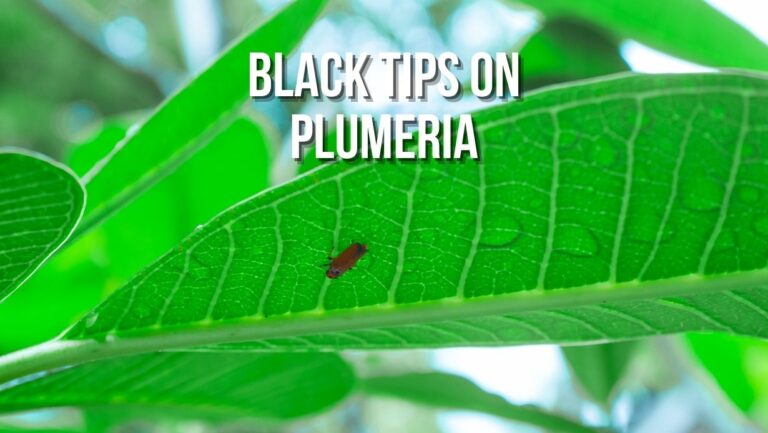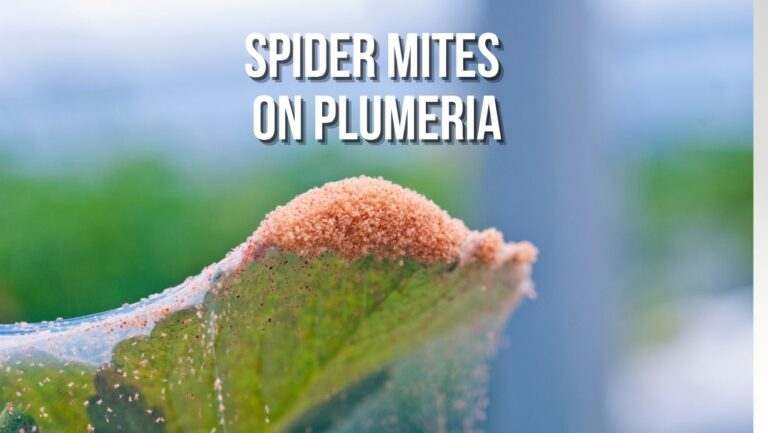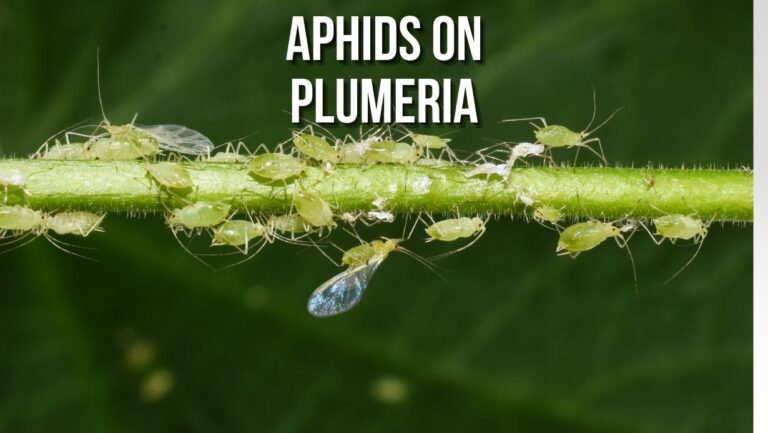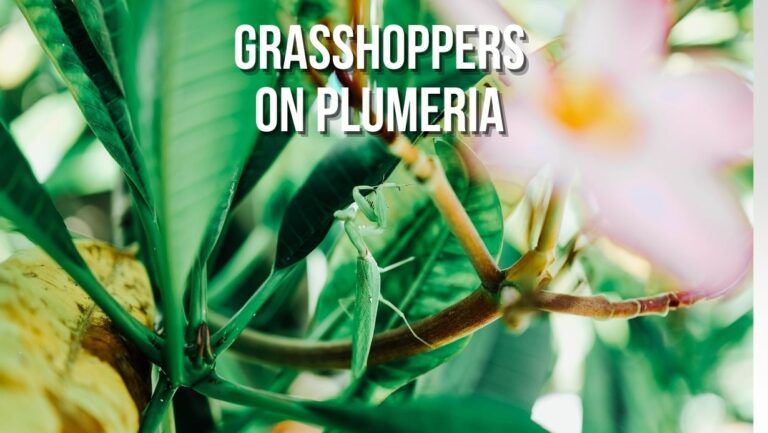
Plumeria plants, known for their beautiful flowers and intoxicating fragrance, are a beloved addition to gardens and landscapes around the world. However, these stunning plants are not immune to various pests and diseases that can compromise their health and beauty. One such common problem is the infestation of scale insects on plumeria. In this article, we will explore the causes, treatment options, and prevention measures for scale insects infestation on plumeria, helping you keep your plants thriving and pest-free.
Introduction
Plumeria, also known as frangipani, is a tropical plant native to Central America, Mexico, and the Caribbean. Its vibrant flowers and distinct fragrance have made it a popular choice among garden enthusiasts. However, scale insects can quickly turn this enchanting plant into a host for their colonies, leading to significant damage if left untreated.
Understanding Scale Insects
Scale insects are small, sap-feeding insects that belong to the order Hemiptera. They are named after the protective waxy scale-like covering they produce, which shields them from predators and environmental factors. These pests can vary in color and size, ranging from brown to yellow and from a few millimeters to several centimeters in diameter.
On plumeria plants, scale insects typically infest the leaves, stems, and flowers. They pierce the plant tissue and extract sap, depriving the plant of essential nutrients. The scale insects’ waxy covering often blends with the plant surface, making them difficult to detect.
Scale insects reproduce by laying eggs beneath their protective coverings. After hatching, the nymphs emerge and begin to feed on the plant’s sap. They undergo several molts before reaching adulthood. The life cycle of scale insects can vary depending on the species and environmental conditions.
Causes of Scale Insects Infestation on Plumeria
Scale insects infestation on plumeria can be triggered by various factors. Firstly, environmental conditions that favor scale insects, such as warm and dry climates, provide an ideal habitat for their proliferation. Additionally, the presence of other infected plants nearby can facilitate the spread of scale insects to plumeria.
Furthermore, scale insects can be introduced to plumeria through contaminated gardening tools, pots, or even by hitchhiking on clothing or pets. They can also be carried by wind or other insects from neighboring plants. Once introduced, scale insects can rapidly reproduce and establish colonies, causing extensive damage to plumeria plants.
Recognizing Symptoms of Scale Insects Infestation
Detecting scale insects on plumeria can be challenging, as their protective covering often camouflages their presence. However, certain visual signs can indicate their infestation. Look for small, raised bumps or scales on the leaves, stems, and flowers of plumeria. These scales may appear brown, yellow, or even black, depending on the species.
As scale insects feed on the plant sap, they weaken the plumeria, resulting in stunted growth, yellowing of leaves, and premature leaf drop. The presence of sooty mold, a black fungal growth that thrives on the sugary honeydew secreted by scale insects, is another indication of their infestation. The combination of these symptoms can confirm the presence of scale insects on plumeria.
Treatment Options for Scale Insects Infestation
When dealing with scale insects on plumeria, it’s important to choose appropriate treatment methods based on the severity of the infestation and your preferences. Organic solutions include physically removing scale insects using a soft brush or cotton swab dipped in alcohol or soapy water. This method can be effective for small-scale infestations or isolated colonies.
For more extensive infestations, chemical control options may be necessary. Insecticides containing neonicotinoids, pyrethroids, or horticultural oils specifically labeled for scale insects can be used. It is crucial to follow the instructions provided by the manufacturer and apply the insecticide at the recommended time and concentration to ensure effectiveness and minimize harm to beneficial insects.
Prevention Measures for Scale Insects Infestation
Prevention is key when it comes to scale insects infestation on plumeria. Implementing cultural practices that create unfavorable conditions for scale insects can help protect your plants. These practices include regular pruning to remove infested plant parts, ensuring proper air circulation around the plumeria, and avoiding excessive use of nitrogen-rich fertilizers that promote soft growth attractive to scale insects.
Regular inspection and monitoring of plumeria plants are essential to catch early signs of scale insects. Check the undersides of leaves, leaf axils, and the crevices of stems for any scales or their crawlers. If you spot any signs of infestation, promptly take action to prevent further spread.
Natural Predators and Beneficial Insects
Nature provides us with an arsenal of beneficial insects that can help control scale insects naturally. Ladybugs, lacewings, parasitic wasps, and predatory mites are among the beneficial insects that prey on scale insects. Attracting these natural predators to your garden can create a balance and reduce the scale population.
To encourage beneficial insects, avoid using broad-spectrum insecticides that can harm them. Provide a habitat with diverse plant species and include flowering plants that attract pollinators and predators. By fostering a healthy ecosystem, you create a natural defense against scale insects on plumeria.
Integrated Pest Management (IPM) Strategies
Implementing an Integrated Pest Management (IPM) approach is highly recommended for effective scale insects management on plumeria. IPM involves combining multiple control methods to achieve long-term pest control while minimizing the use of chemical insecticides.
Integrated Pest Management strategies for scale insects infestation on plumeria may include cultural practices, biological control using beneficial insects, monitoring and trapping, and targeted insecticide application when necessary. By integrating these strategies, you can create a sustainable and environmentally friendly approach to scale insect control.
Pruning and Sanitation Practices
Pruning plays a crucial role in managing scale insects on plumeria. Regularly inspect your plumeria plants and prune away any infested branches, leaves, or flowers. Dispose of the pruned plant material properly to prevent further spread of scale insects.
Sanitation practices are equally important in preventing scale insects infestation. Keep the garden area clean by removing fallen leaves, plant debris, and any potential hiding places for scale insects. Properly clean and disinfect gardening tools to avoid unintentionally introducing scale insects to healthy plants.
Additional Tips for Scale Insects Management
In addition to the aforementioned measures, here are some extra tips to help you effectively manage scale insects on plumeria:
- Use horticultural oils and insecticidal soaps: These can smother and kill scale insects, but make sure to follow the instructions for application and avoid using them during extreme temperatures.
- Cultural techniques to discourage scale insects infestation: This includes avoiding over-watering, which can promote fungal growth and attract scale insects, and maintaining proper spacing between plumeria plants to improve air circulation.
- Monitor ants: Ants are attracted to the honeydew secreted by scale insects and can protect them from natural predators. If you observe ants on your plumeria plants, take measures to control them as well.
- Consider introducing beneficial nematodes: Certain species of nematodes prey on scale insects and can help control their population. Consult with local experts or nurseries to determine the suitability of beneficial nematodes for your region.
- Seek professional advice: If scale insect infestation persists despite your efforts, it may be beneficial to consult with a professional arborist or horticulturist who can provide tailored guidance and treatment options.
Conclusion
Scale insects infestation on plumeria can pose a significant threat to the health and beauty of these cherished plants. However, by understanding the causes, implementing proper treatment methods, and adopting preventive measures, you can effectively manage and prevent scale insects infestation. Regular inspection, cultural practices, and the integration of natural predators and beneficial insects contribute to maintaining healthy plumeria plants. With a proactive approach, you can ensure your plumeria thrives free from the harm caused by scale insects.
FAQs
- Can scale insects be harmful to other plants in my garden?
- Yes, scale insects can infest a wide range of plants, including other ornamental plants, fruit trees, and shrubs. Prompt action is necessary to prevent their spread.
- Are scale insects more prevalent in certain climates?
- Scale insects tend to thrive in warm and dry climates. However, they can also be found in various regions with different climatic conditions.
- Can I use homemade remedies to control scale insects on plumeria?
- Homemade remedies like alcohol or soapy water solutions can be effective for small-scale infestations. However, for extensive infestations, professional insecticides may be necessary.
- How often should I inspect my plumeria plants for scale insects?
- Regular inspection is essential. Aim to inspect your plumeria plants at least once a week, paying close attention to the undersides of leaves and the stems.
- Is it possible to completely eradicate scale insects from my plumeria?
- While complete eradication may be challenging, with diligent management and a combination of control methods, you can significantly reduce the scale insect population and keep them under control.




